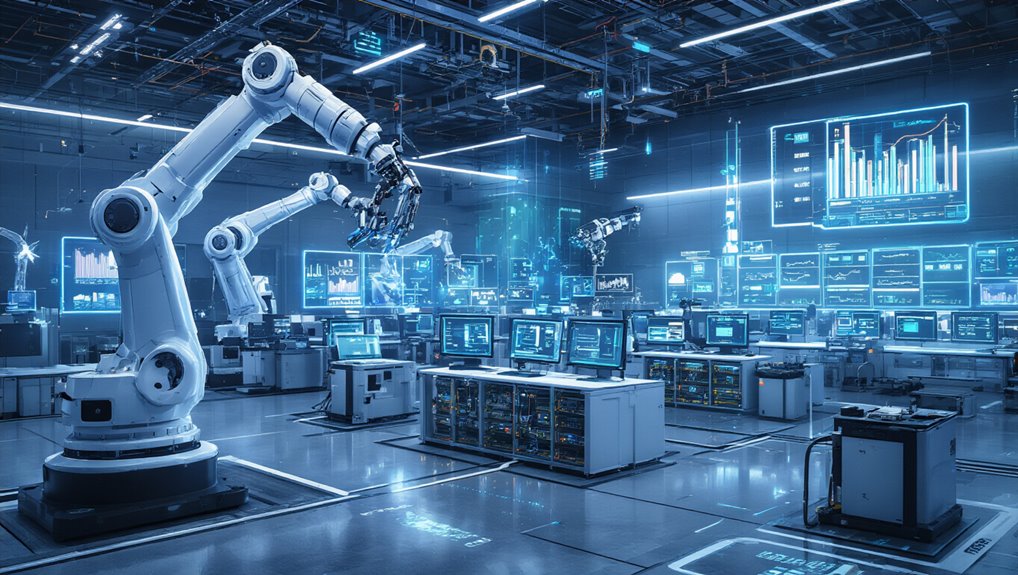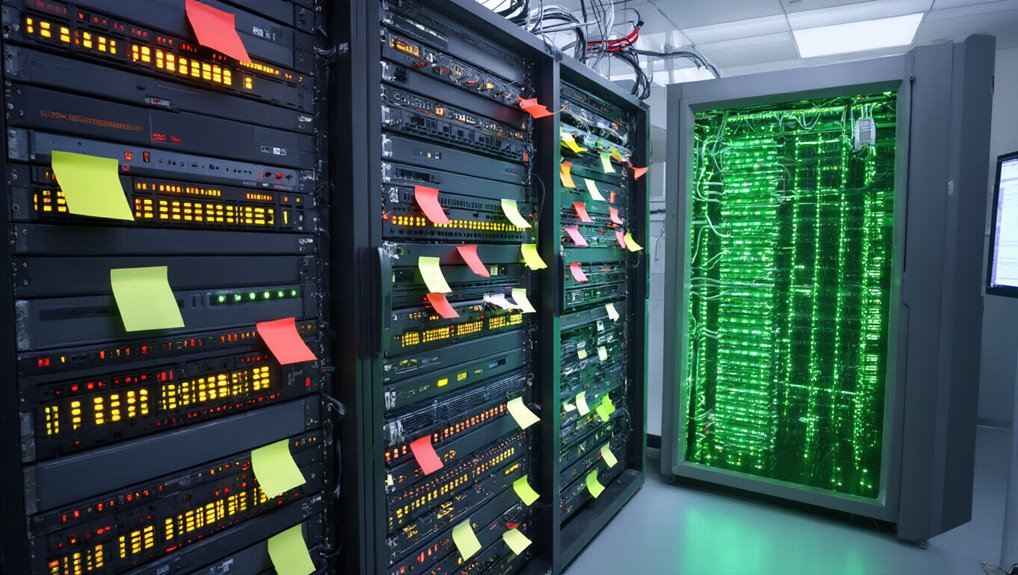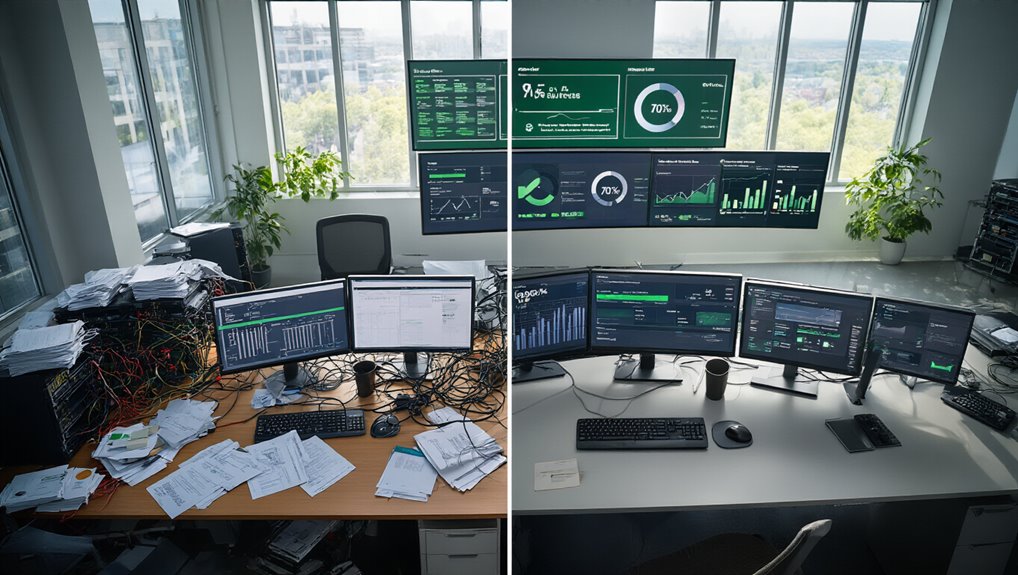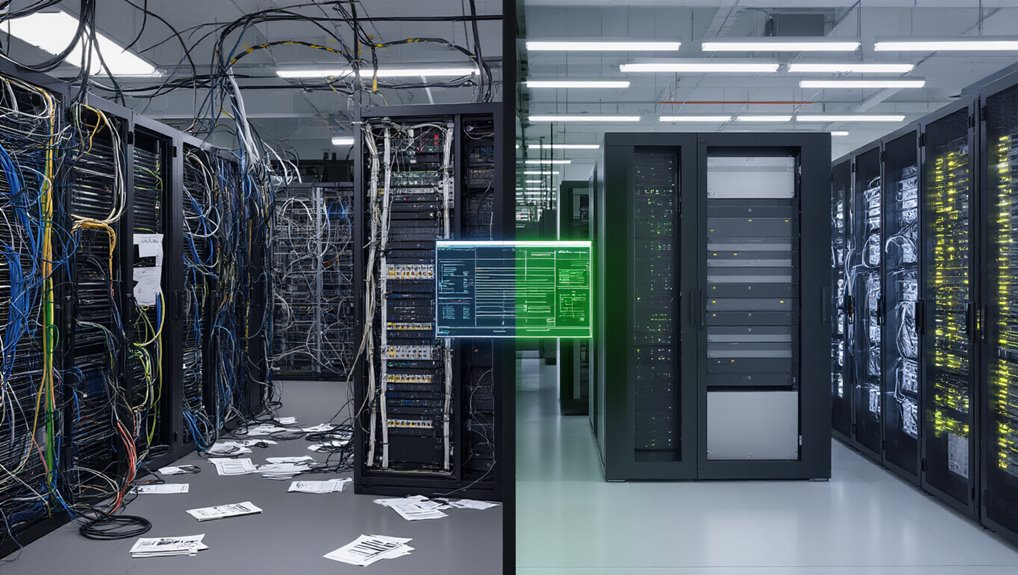As organizations race to maintain competitive advantages in an increasingly digital world, hyperautomation has emerged as a transformative force reshaping how businesses operate and how work gets done. This advanced approach combines artificial intelligence, machine learning, and robotic process automation to tackle complex processes at scale. Unlike traditional automation, hyperautomation represents an evolution that enhances capabilities through sophisticated data integration and predictive modeling.
The economic impact of hyperautomation cannot be overstated. Organizations are projected to achieve a 30% reduction in operational costs by 2024 through implementation of these technologies. The market itself is experiencing explosive growth, expected to expand from $12.95 billion in 2024 to $31.95 billion by 2029—a compound annual growth rate of 19.80%. The Asia-Pacific region currently leads this global adoption trend, demonstrating how widespread this technological revolution has become.
Hyperautomation’s economic promise: 30% operational cost reduction by 2024, with market growth accelerating to $31.95 billion by 2029.
This technological shift brings significant workforce implications. By 2025, hyperautomation may displace up to 85 million jobs worldwide. However, you should understand that new roles will emerge simultaneously, requiring different skill sets. White-collar workers can expect productivity boosts of at least 25%, while the broader economy may see labor productivity increase by approximately 15% due to AI and hyperautomation implementation. Research indicates that approximately 47% of US workers are at risk of job loss due to automation in the next decade.
To remain competitive in this changing landscape, you must develop proficiency in several key areas:
- Technical skills related to AI and data analysis
- Domain expertise within your field
- Critical thinking and problem-solving abilities
The technological foundation of hyperautomation continues to advance through innovations in natural language processing, enhanced RPA capabilities, and sophisticated real-time data processing. Successful implementation requires cultural transformation to foster innovation-friendly mindsets and organizational agility. These developments allow for faster business operations and better decision-making processes. In industries like healthcare, hyperautomation is revolutionizing patient care through the EHR processing optimization while maintaining strict HIPAA compliance.
As hyperautomation reshapes industries, continuous learning becomes essential. The future workplace demands technological adaptability paired with uniquely human skills. Organizations that successfully implement hyperautomation strategies while developing their workforce will achieve significant competitive advantages regarding efficiency, cost reduction, and innovation capacity.







